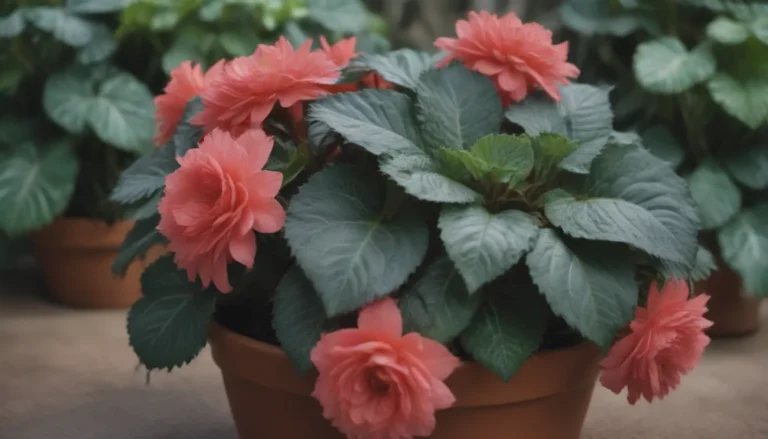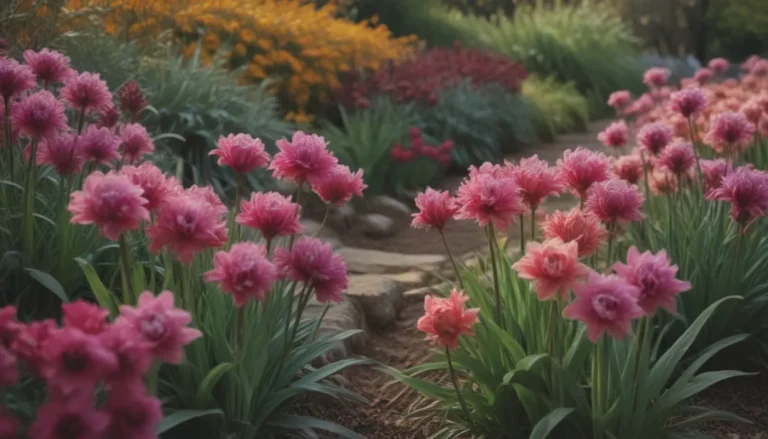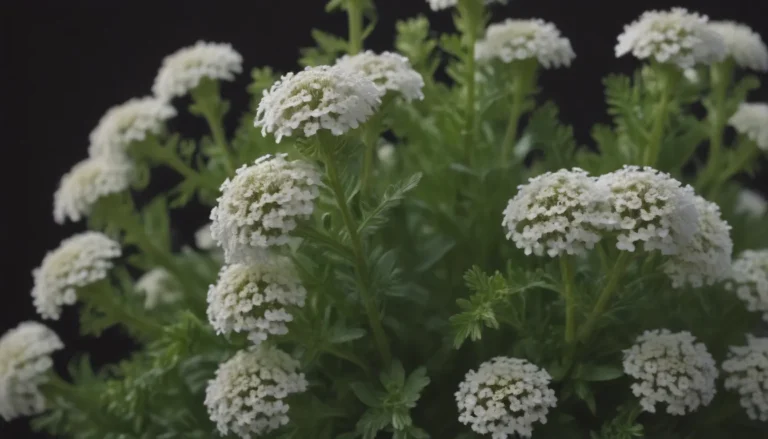A Comprehensive Guide to Growing and Caring for Lemon Cypress Trees

Are you a fan of the lemon cypress, the slender evergreen that often graces the aisles of big box stores during the holiday season? While it may seem like a simple holiday plant, the lemon cypress, also known asCupressus macrocarpa‘Goldcrest,’ is a versatile conifer that can be a beautiful addition to your garden or patio all year round. In this detailed guide, we will explore everything you need to know about growing and caring for lemon cypress trees.
Introduction to Lemon Cypress Trees
Lemon cypress trees, also referred to asGoldcrest Monterey Cypress, are known for their upward-growing branches and unique yellow-green foliage. These trees can be used as a hedge, specimen plant, bonsai, or kept in a container on your patio. Their vibrant color can complement darker greens of other conifers, making them a versatile addition to any landscape.
Benefits of Growing Lemon Cypress
- Easy to care for
- Versatile for various landscaping uses
- Adds vibrant color and texture to your garden
- Can be grown indoors or outdoors
Lemon Cypress Care Tips
Taking care of your lemon cypress tree is relatively simple, as long as you follow a few key guidelines.
Light
- Outdoor: Plant your lemon cypress in full sun to partial shade.
- Indoor: Provide indirect sunlight or morning sun for at least five to six hours a day. Avoid hot, direct afternoon sun as it can damage the foliage.
Soil
- Plant lemon cypress in poor, sandy, well-draining soil that is low in organics and not very fertile.
- Avoid rich soils, as they can lead to uneven growth and instability in the tree.
Water
- For outdoor shrubs, water sparingly once the plant is established.
- For houseplants, water deeply once a week to prevent the soil from drying out.
Temperature and Humidity
- Lemon cypress prefers cool, moist climates.
- Keep the tree in a place with sufficient humidity if grown indoors.
Fertilizer
- Avoid fertilizing your lemon cypress, as it thrives in poor, infertile soil conditions.
Types of Lemon Cypress
In addition to the standardCupressus macrocarpa, there are several cultivars of lemon cypress to consider:
- *C. macrocarpa ‘Goldcrest Wilma’
- *C. macrocarpa ‘Golden Pillar’
- *C. macrocarpa ‘Citriodora’
Pruning and Propagating Lemon Cypress
Pruning
- Lemon cypress trees look beautiful in their natural, untrimmed state.
- Only prune if necessary for hedge maintenance or topiary purposes, and do so carefully to avoid damaging the tree.
Propagating
- Lemon cypress can be propagated from cuttings in winter for best results.
Potting and Repotting Lemon Cypress
- Use pots with large drain holes for excellent drainage.
- Repot your lemon cypress every three to four years in a slightly larger pot with fresh potting mix.
Overwintering Tips
- Protect your lemon cypress from cold winter winds, especially below USDA zone 7.
- If grown in a container, bring the tree indoors during the winter and ensure it stays adequately moist.
Common Pests and Diseases
- Lemon cypress trees are prone to attacks by aphids, mealybugs, caterpillars, and scale insects.
- Watch out for coryneum canker, a fungal disease that can be fatal to the tree.
Common Problems with Lemon Cypress
- Trimming the tree may result in brown tips on pruned branches, but new growth should cover these spots over time.
- Lemon cypress trees exude a light citrus fragrance when touched, depending on the variety.
In conclusion, lemon cypress trees are a beautiful and versatile addition to any garden or patio. By following these care tips and guidelines, you can enjoy the vibrant color and unique texture of these evergreen trees throughout the year. Whether you choose to grow them indoors or outdoors, lemon cypress trees are sure to bring a touch of elegance to your landscape.





